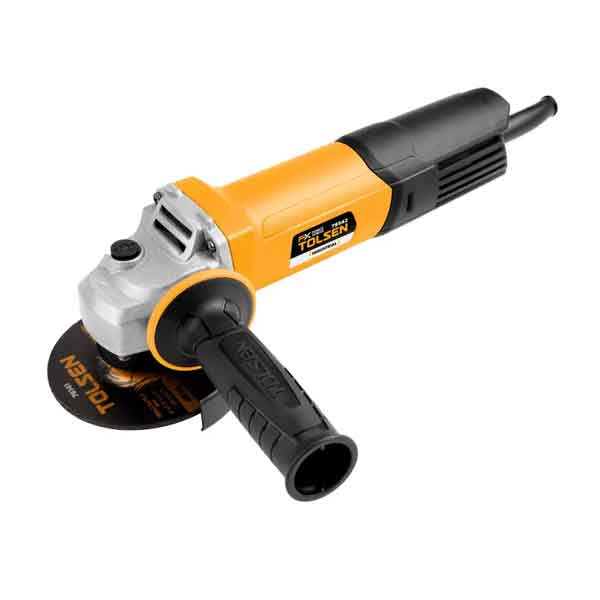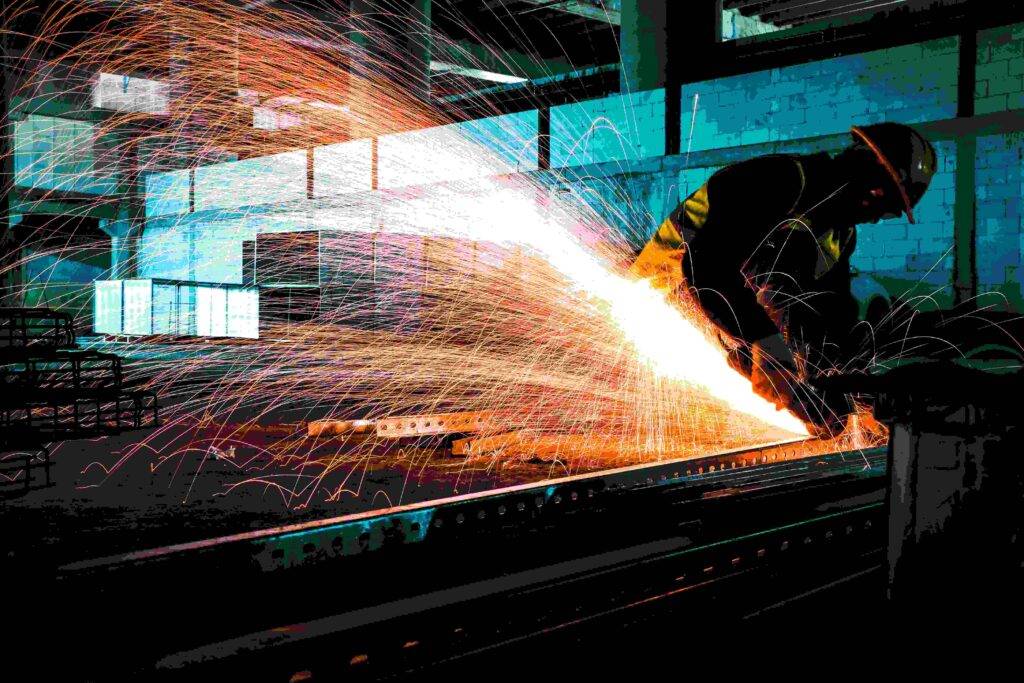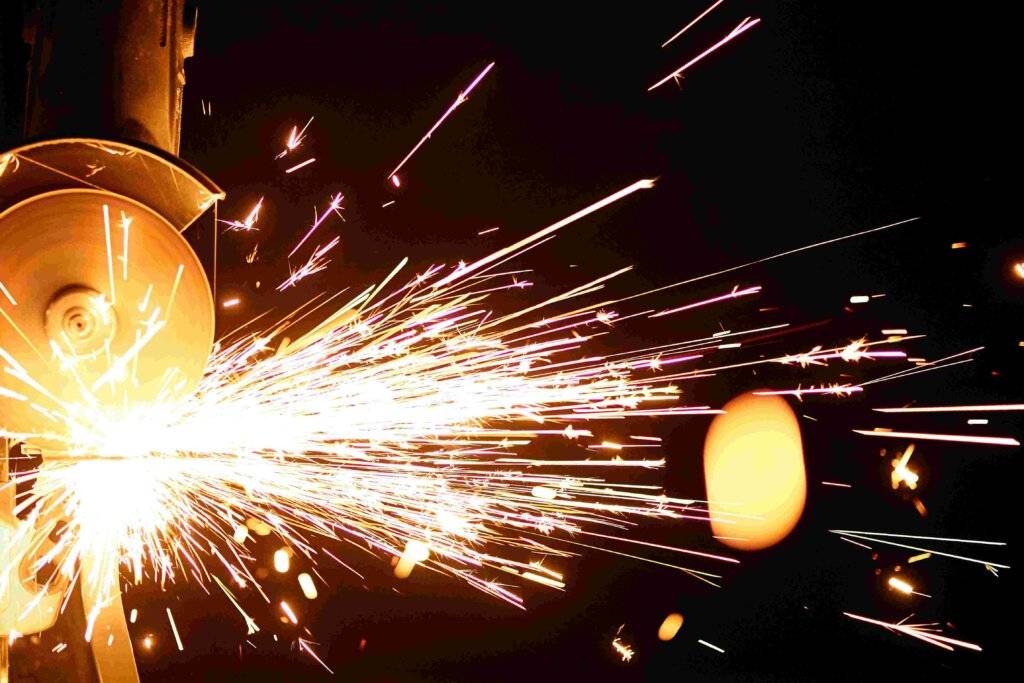Whether you are a professional tradesperson, a DIY enthusiast, or a hobbyist, an angle grinder is one of the most versatile and essential power tools you can have in your workshop or toolbox. From cutting and grinding to polishing and sanding, angle grinders can handle a variety of materials including metal, concrete, stone, and ceramics with ease.
But with so many models available on the market — varying in power, size, features, and price — choosing the best angle grinder for your needs can be overwhelming. This comprehensive review will break down everything you need to know to pick the perfect angle grinder.
What Is an Angle Grinder?
An angle grinder is a handheld power tool featuring a rotating abrasive disc. It spins at high speeds to cut, grind, or polish surfaces. The tool’s name comes from the position of the disc relative to the motor, which is typically at a 90-degree angle.
Common Uses
- Metal cutting and grinding
- Masonry and concrete cutting
- Rust and paint removal
- Sharpening tools
- Polishing surfaces with appropriate attachments
Key Features to Consider
1. Power and Motor Type
Angle grinders come in various power ranges — measured in amps (for corded models) or volts (for cordless). Higher power means more cutting/grinding capability and better handling of tough materials.
- Corded grinders: Typically offer constant power supply and stronger motors (5-15 amps).
- Cordless grinders: Offer portability and convenience but may have limited runtime.
2. Disc Size
The most common sizes are 4.5 inches, 5 inches, and 7 inches.
- 4.5-inch grinders are lightweight and ideal for precision work.
- 5-inch grinders offer a balance between power and control.
- 7-inch grinders provide heavy-duty cutting power but are bulkier.
3. Speed (RPM)
Higher RPM (revolutions per minute) means faster cutting and grinding, but sometimes slower speeds are better for certain materials to prevent overheating.
4. Safety Features
Look for features like:
- Adjustable guard for protection
- Anti-kickback clutch to prevent sudden torque
- Soft start for gradual motor ramp-up
- Vibration control for user comfort
5. Ergonomics and Weight
Comfortable grip and balanced weight reduce fatigue during long use.
Top Angle Grinders Reviewed
1. Makita 9557PBX1 4-1/2-Inch Angle Grinder
Pros:
- Powerful 7.5 Amp motor delivers 11,000 RPM.
- Durable design with sealed components.
- Comes with a carrying case and accessories.
- Lock-on/off switch for continuous operation.
- Anti-vibration side handle.
Cons:
- No dust ejection system.
- Slightly heavier than competitors.
Who Should Buy?
Perfect for pros and serious DIYers who need power and reliability in a compact tool.
2. DEWALT DWE402 4-1/2-Inch Angle Grinder
Pros:
- 11 Amp motor provides 11,000 RPM.
- Ergonomic design with three-position side handle.
- Dust ejection system improves durability.
- Lock-on switch for extended use.
Cons:
- Pricier than some models.
- No soft start feature.
Who Should Buy?
Ideal for contractors and frequent users looking for a rugged and durable grinder.
3. Bosch GWS13-50VSP 5-Inch Angle Grinder
Pros:
- Variable speed control from 2,800 to 11,000 RPM.
- Electronic motor protection for longevity.
- Soft start and restart protection.
- Comfortable grip with vibration control.
Cons:
- Slightly heavier.
- Higher price point.
Who Should Buy?
Great for users who want versatility with variable speeds and enhanced safety features.
4. Milwaukee 2780-20 M18 Cordless Grinder
Pros:
- Cordless freedom with powerful brushless motor.
- 18V battery provides decent runtime.
- Redlink Plus intelligence protects tool from overload.
- Compact and lightweight.
Cons:
- Requires battery purchase separately.
- Less power than corded models.
Who Should Buy?
Best for those who prioritize portability and don’t want to be tethered to a cord.
5. Black+Decker BDEG400 4-1/2-Inch Angle Grinder
Pros:
- Affordable price.
- 6.5 Amp motor delivers 10,000 RPM.
- Lightweight and easy to handle.
- Spindle lock for easy accessory changes.
Cons:
- Lacks advanced safety features.
- Not suitable for heavy-duty use.
Who Should Buy?
Great choice for casual users and beginners on a budget.How to Choose the Best Angle Grinder for You?
- For heavy-duty professional use: Go for corded grinders with at least 7.5 amps and 5-inch or bigger discs.
- For portability and quick jobs: Choose cordless grinders with brushless motors.
- For beginners or light use: Entry-level models like Black+Decker offer good value.
- Consider safety and comfort features seriously, especially if you will be working long hours.
- Balance power with control depending on your typical projects.
Maintenance Tips for Your Angle Grinder
- Always clean the tool after use.
- Replace worn discs immediately.
- Check the power cord or battery regularly.
- Store in a dry, clean place.
- Follow manufacturer instructions for servicing.
Final Verdict
The Makita 9557PBX1 stands out as the best overall angle grinder combining power, durability, and value. If budget is less of a concern and you want advanced features, the Bosch GWS13-50VSP is a great pick with variable speeds and motor protection. For cordless convenience, the Milwaukee M18 is top-rated.
No matter which model you pick, an angle grinder is a must-have tool that offers unmatched versatility for a wide range of projects. Investing in a quality grinder will make your work safer, faster, and more professional.



